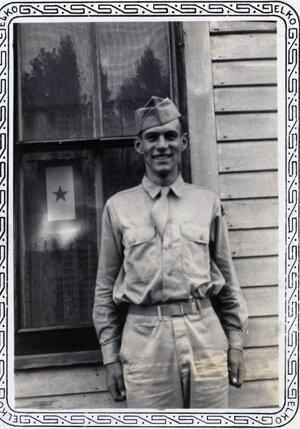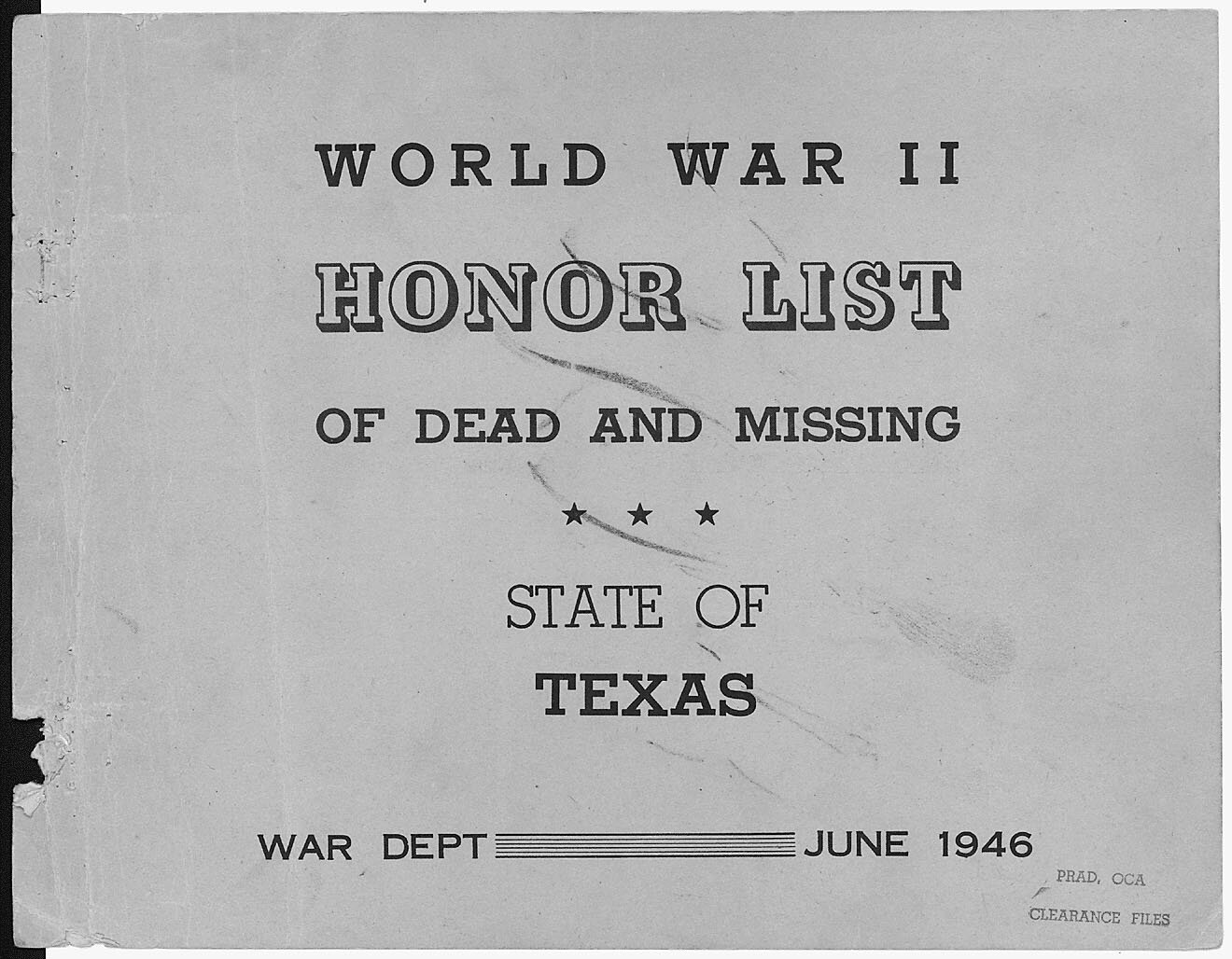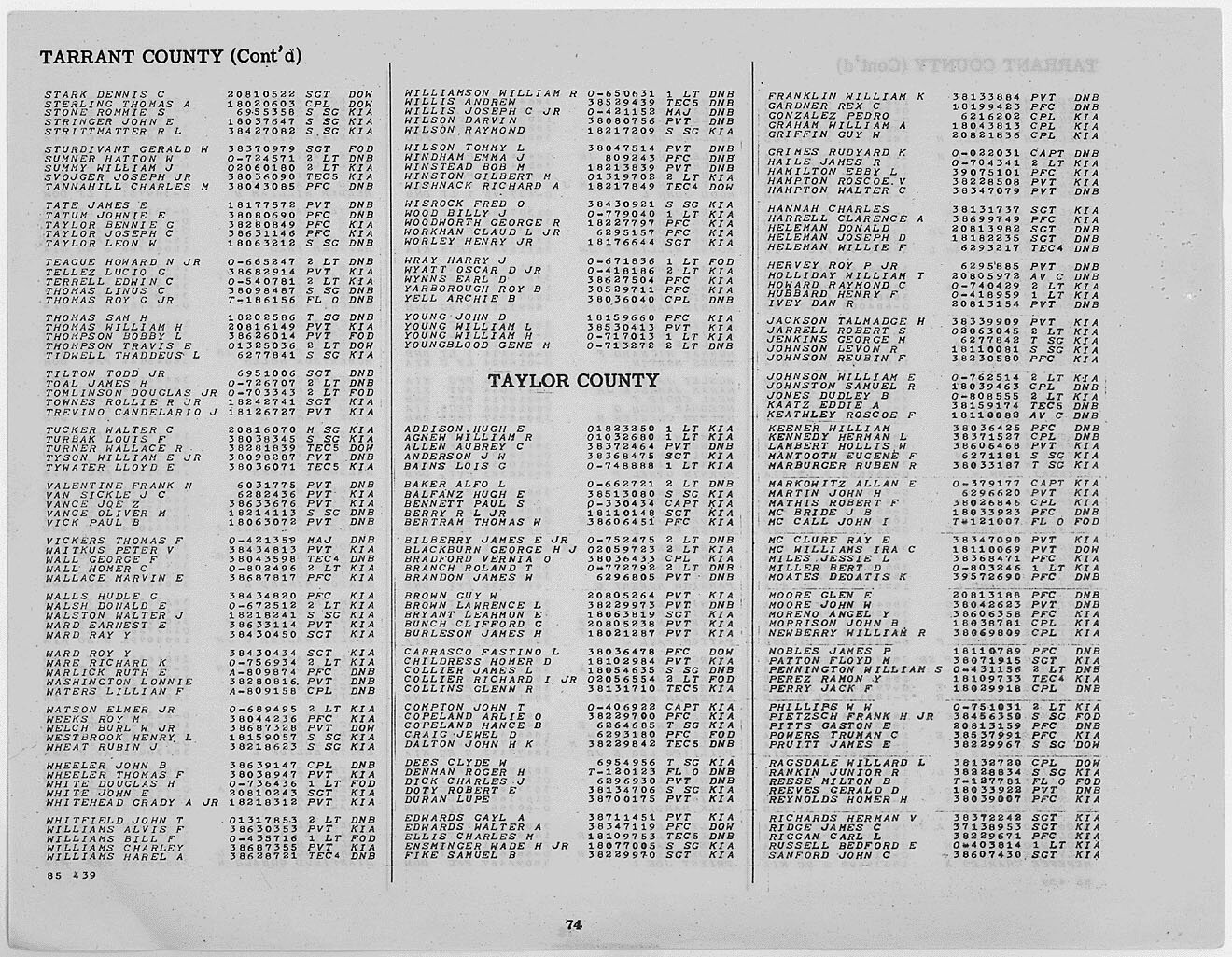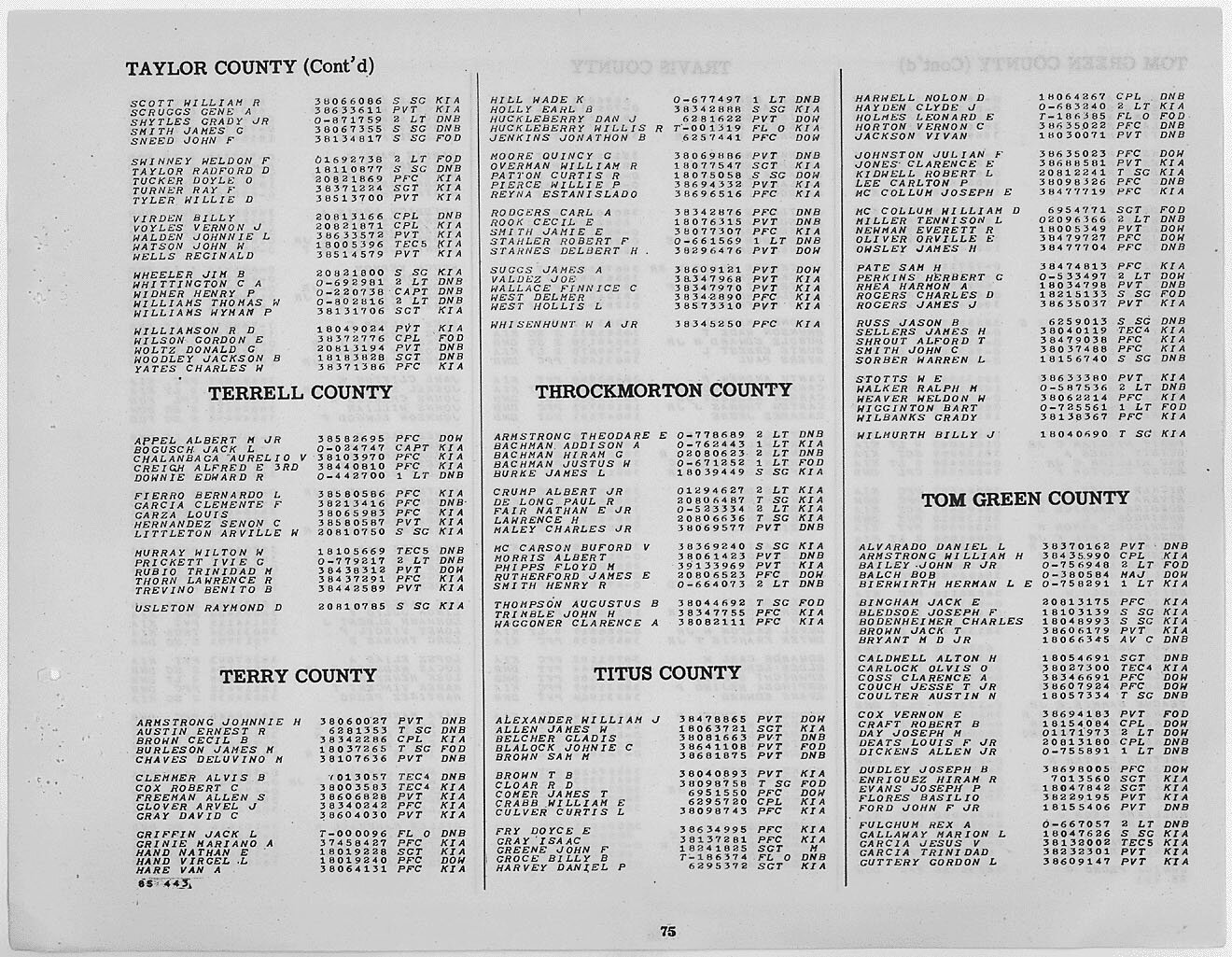History of the Service Flag
Tags: History Collection, WWII
Located in the Grace Museum’s 1948 historic period room living room is a small white flag with a red border and gold fringe. At the center of the flag are two blue stars. This small flag, known as the Service Flag, carries with it great significance to those who know its meaning. The Service flag is an official banner authorized by the Department of Defense for display by families who have members serving in the Armed Forces during any period of war or hostilities the United States may be engaged in for the duration of such hostilities.
The Service flag, also called the Blue Star Flag, was designed and patented by WWI Army Captain Robert L. Queisser of the 5th Ohio Infantry who had two sons serving on the front line. The flag quickly became the unofficial symbol of a child in service. President Wilson became part of this history when in 1918 he approved a suggestion made by the Women’s Committee of the Council of National Defenses that mothers who had lost a child serving in the war wear a gold gilt star on the traditional black mourning arm band. This led to the tradition of covering the blue star with a gold star on the Service flag to indicate that the service member has died.
SOURCE: http://iagenweb.org/wwii/BlueStarServiceFlag.html
During WWII the practice of displaying the Service flag became much more widespread. Most flags were hand made by mothers across the nation. One of the most famous flags was that of the five Sullivan brothers who all perished on the U.S.S. Juneau.
In 1960 the Department of Defense revised the specifications for design, manufacture and display of the Service flag. Each blue star on the flag represents a service member in active duty. A gold star is displayed if a service member is killed in action or dies in service. If several stars are displayed by one family the gold star takes the honor of being placed at the top. The gold star should be slightly smaller than the blue star to create a blue border surrounding the gold star.
Display of a Service Star Banner is done during times of war.
The National Archives lists 135 names from Taylor County in the 1946 Honor List of Dead and Missing – who gave their lives in the line of duty while serving during WWII. Today we honor those men and women. To view the names in person as well as those from WWI, Korean War, Vietnam War, and Panama you can visit the Taylor County Veterans Memorial at 300 Oak Street in Abilene.





